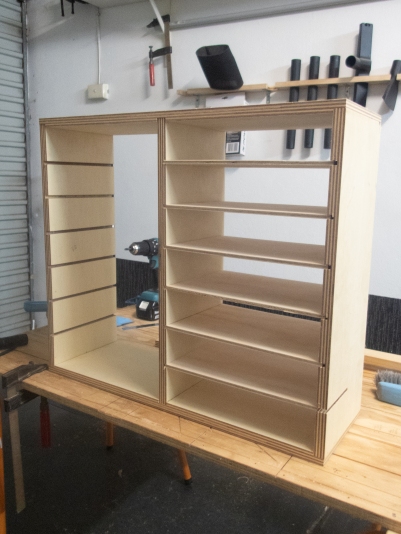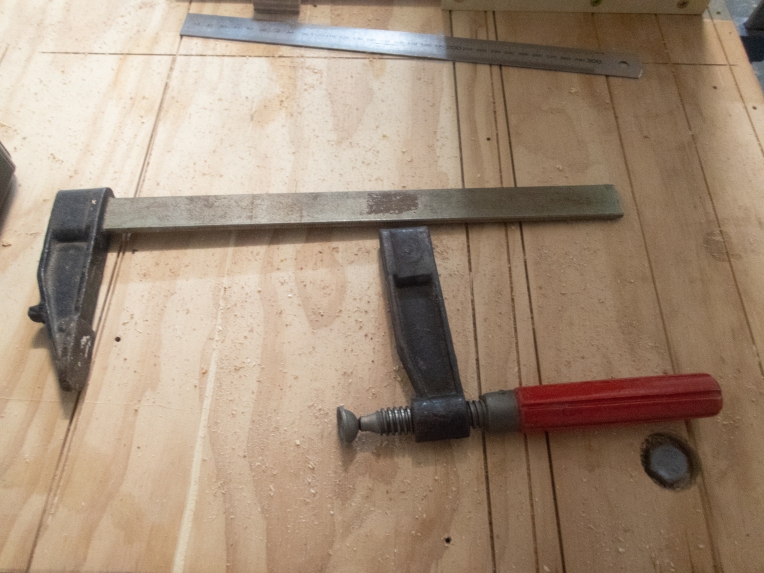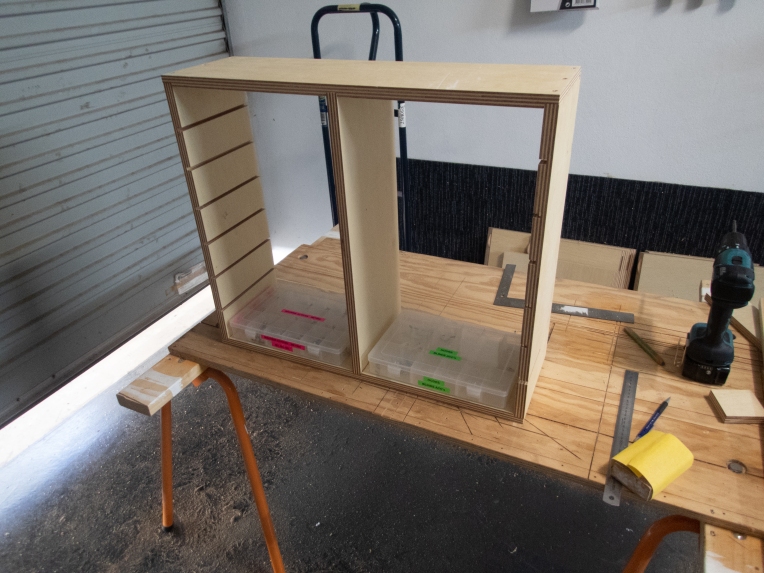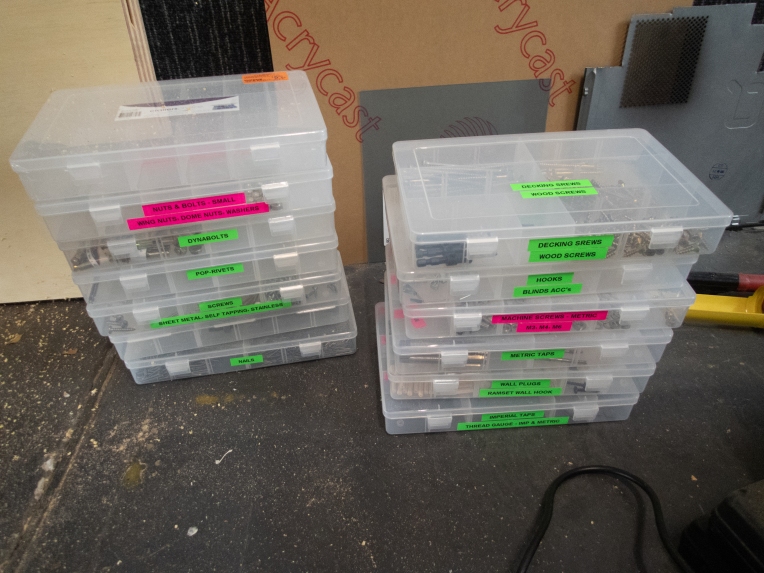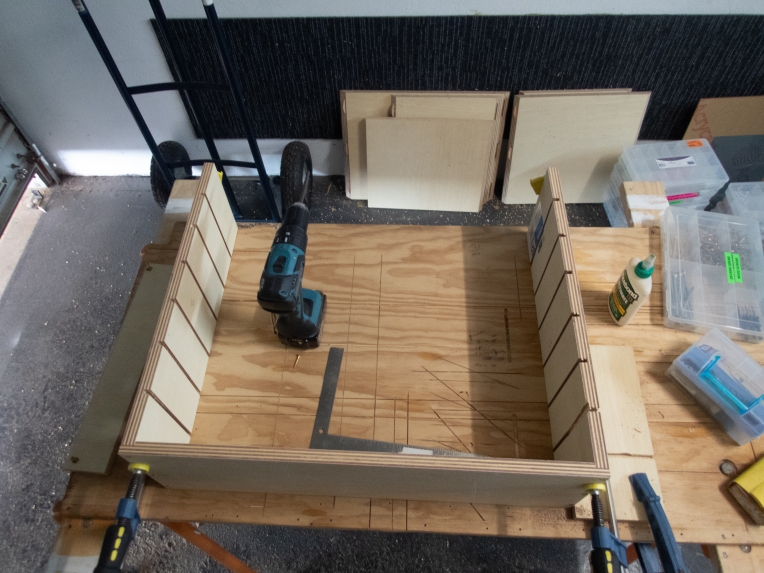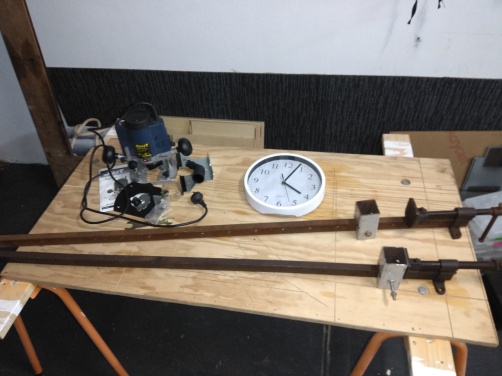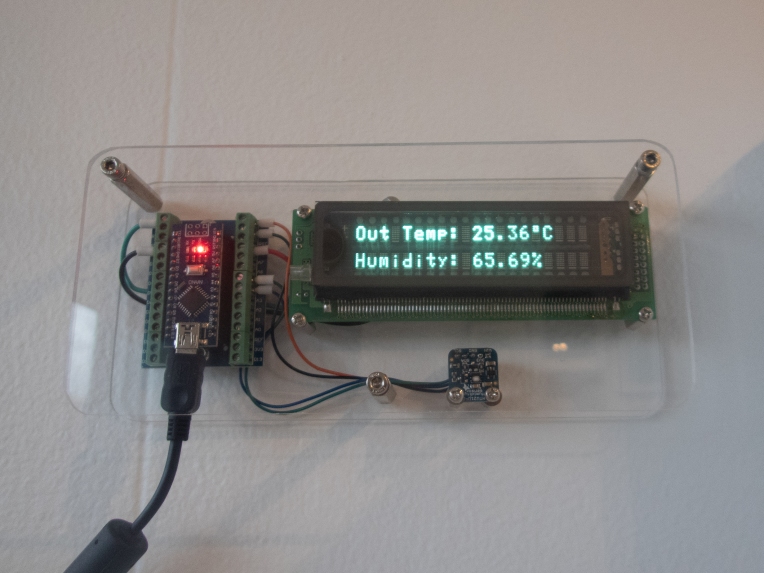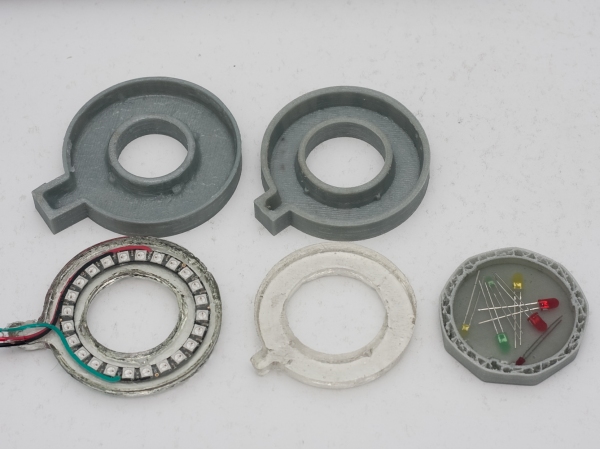I recently posted about overhauling a second hand Ikelite underwater camera housing. It was a relatively straightforward job, fiddly at times, but enjoyable. Before I took the housing in the ocean, I wanted to make a custom leash so I could secure the camera to my wrist.
The main purpose of the leash is to prevent the camera floating off (either downwards into a deep abyss or upwards to the surface) if I have to let go of it to use both my hands (or I accidentally let go). However, equally important is that it must be straightforward to release the camera if the situation arises such as a tangle.
So, I set out to make myself a custom leash that was:
- Cheap to make
- Materials used can be immersed in salt water
- Easy to separate myself from the leash
- Bright colour so it can be easily seen
I started out by taking a walk through Bunnings to see if there was some sort of pre-made leash I could buy. If not, I was thinking about some sort of plastic rope or webbing.
I didn’t find a pre-made leash, but I got looking at the polyester webbing. 10m of 25mm wide plastic webbing was reasonably cheap, but what surprised me was the vast array of different connectors and accessories to suit the polyester webbing, and they were all really cheap. Like a few dollars per packet.
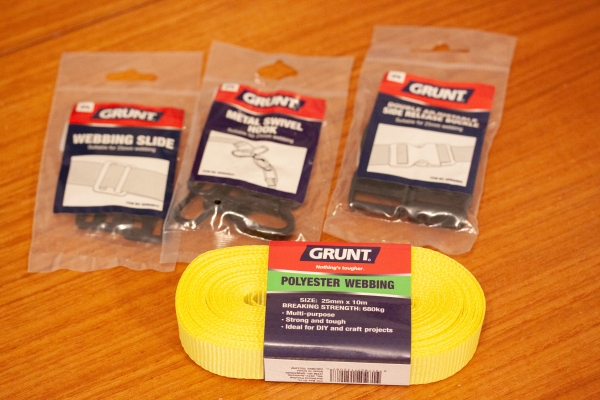
All sorts or accessories were available; clips, swivel shackles, d-rings made form plastic or metal, tensioners and more. I reckon I’ll be using this stuff more in the future.

